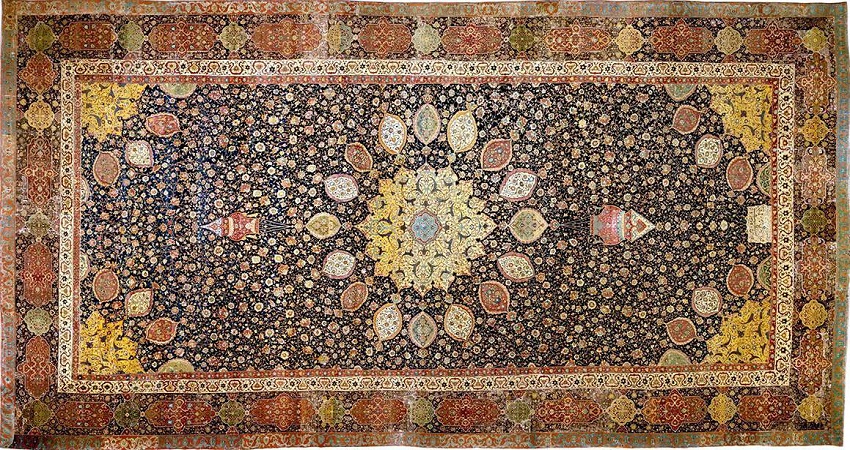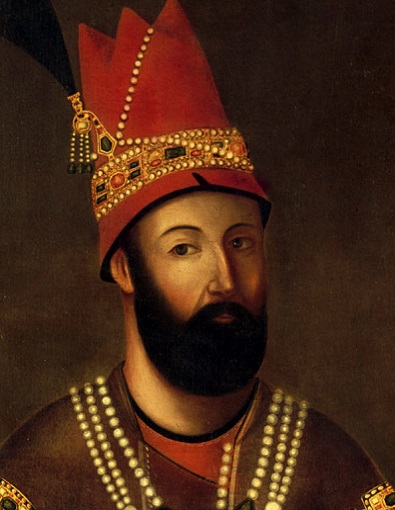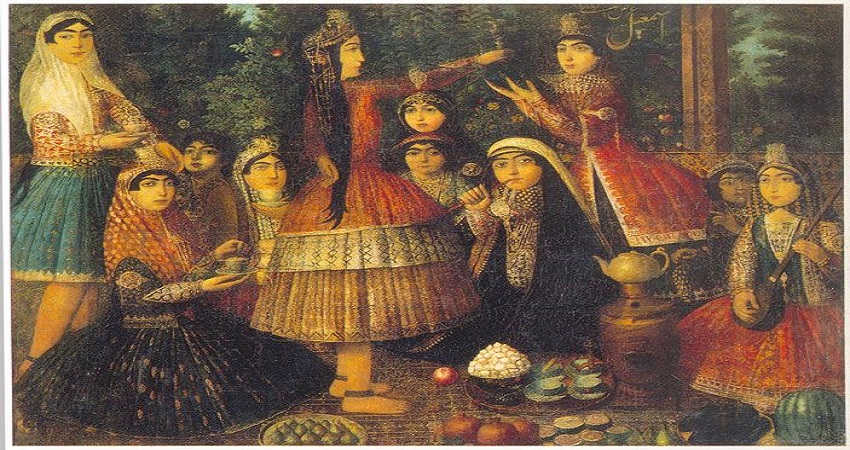V&A Museum

GondiShapur University
March 7, 2020
Pergamon museum
March 8, 2020V&A “Victoria and Albert Museum “
The V&A museum is the world’s leading museum of art and design, housing a permanent collection of over 2.3 million objects that span over 5,000 years of human creativity.
It is worth mentioning that this museum has a dedicated section to Iranian art located on the first floor. painting of Fath- Ali Shah Qajar women, a 500-year-old silk fabric woven in Iran around 1600, the image of Nadir Shah Afshar drawn in Isfahan in 1740 by Mohammad Reza Hendi, Ardabil carpet, beautiful 800 years old pot built in Kashan between 1150 and 1220, are the works displayed in this section.
The Ardabil Carpet:
It was made in the town of Ardabil in northwest Iran, the burial place of Shaykh Safi al-Din Ardabili, who died in 1334. The Shaykh was a Sufi leader, an ancestor of Shah Ismail, founder of the Safavid dynasty (1501-1722).

While the exact origins of the carpet are unclear, it’s believed to have been commissioned by the court for the shrine of the Shaykh, which, by the 16th century, had become a place of pilgrimage.
Portrait of Nadir Shah
This painting is a portrait of Nadir Shah Afshar, one of the most important figures in Iranian history of the last 300 years.

Ladies Around a Samovar
From the 1850s, Iranian painters began to be trained along European lines at art schools, and many produced strikingly realistic official portraits based on photographs. In this painting, the women have gathered for a tea party in a pavilion in a wooded garden.

Bordered silk panel
woven silk and metal thread bordered with two different woven silk and metal thread textiles, backed with plain woven cotton and faced with silk satin. The sides and end borders are red silk satin with a small repeating motif of a stylized flower on the diagonal.

